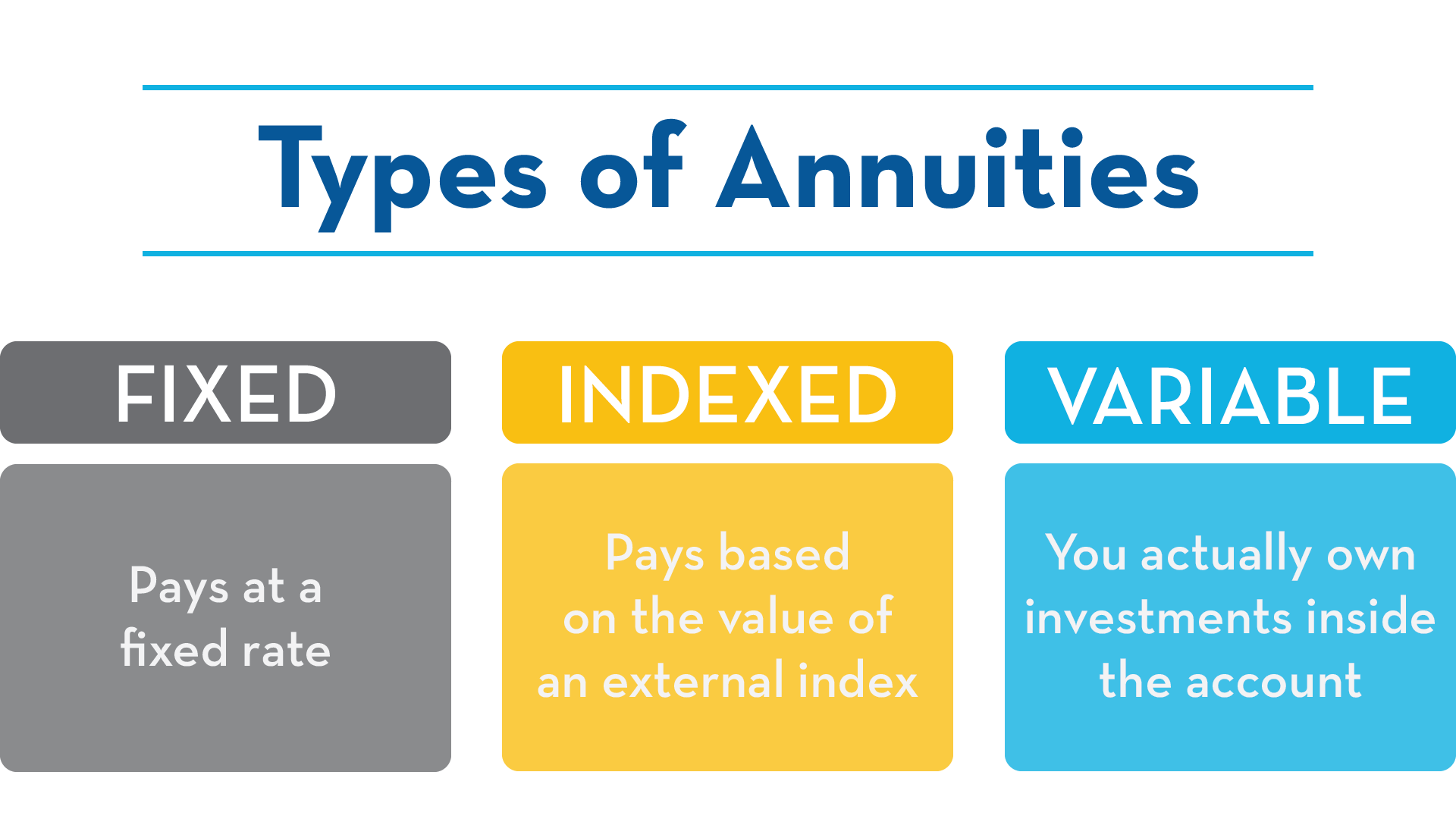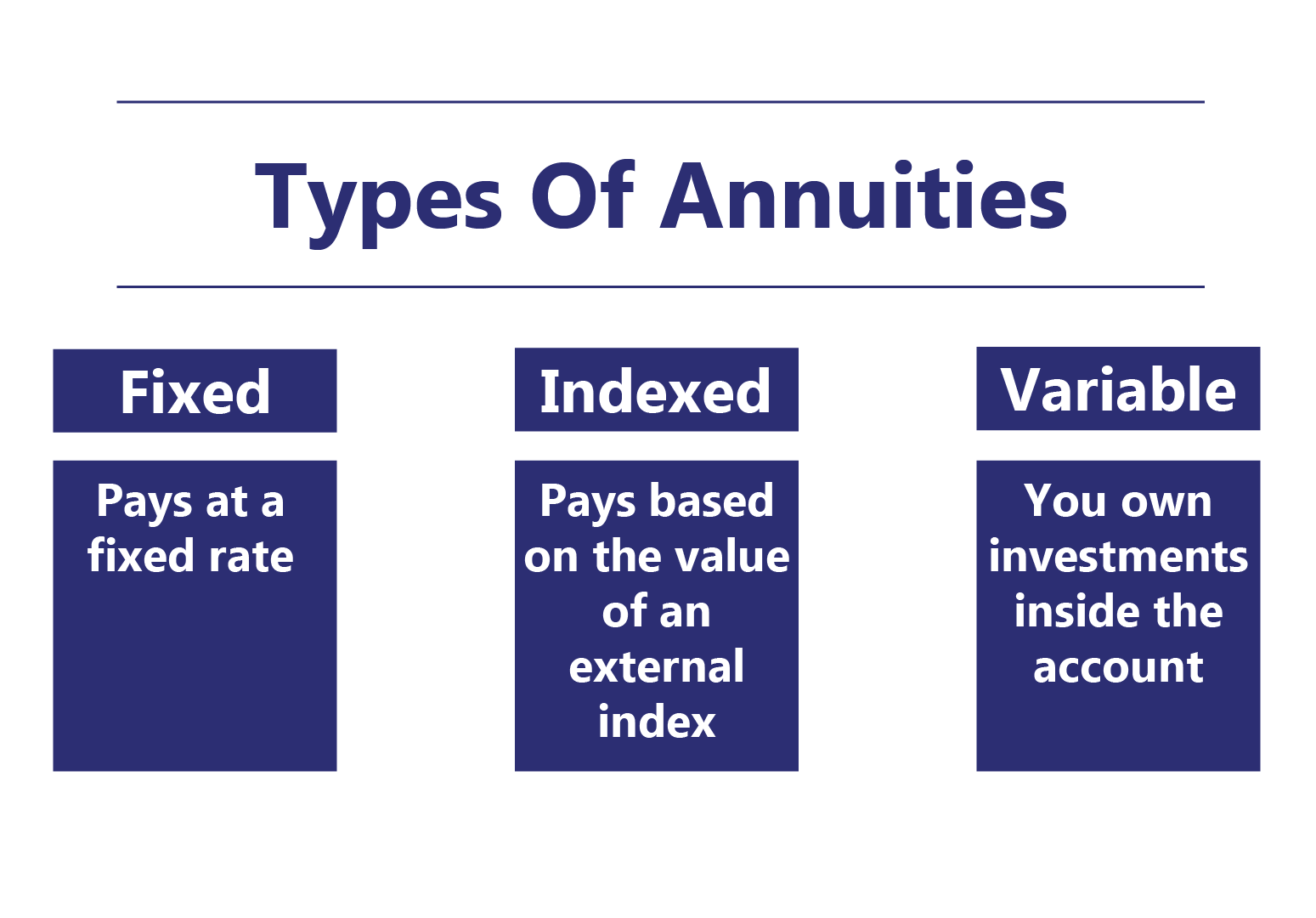All Categories
Featured
Table of Contents
Equally as with a repaired annuity, the proprietor of a variable annuity pays an insurance policy company a swelling sum or series of settlements in exchange for the promise of a series of future payments in return. As mentioned over, while a repaired annuity expands at an assured, consistent price, a variable annuity grows at a variable rate that depends upon the efficiency of the underlying investments, called sub-accounts.

During the accumulation stage, possessions spent in variable annuity sub-accounts expand on a tax-deferred basis and are taxed just when the contract owner takes out those earnings from the account. After the accumulation phase comes the earnings stage. Gradually, variable annuity assets should theoretically boost in worth up until the contract owner chooses she or he would love to start withdrawing money from the account.
The most considerable concern that variable annuities normally present is high expense. Variable annuities have several layers of charges and expenses that can, in aggregate, create a drag of up to 3-4% of the agreement's value each year.
Breaking Down Variable Annuities Vs Fixed Annuities Everything You Need to Know About Tax Benefits Of Fixed Vs Variable Annuities Breaking Down the Basics of Investment Plans Features of Pros And Cons Of Fixed Annuity And Variable Annuity Why Choosing the Right Financial Strategy Can Impact Your Future Variable Vs Fixed Annuity: Explained in Detail Key Differences Between Different Financial Strategies Understanding the Key Features of Long-Term Investments Who Should Consider Strategic Financial Planning? Tips for Choosing the Best Investment Strategy FAQs About Choosing Between Fixed Annuity And Variable Annuity Common Mistakes to Avoid When Choosing Pros And Cons Of Fixed Annuity And Variable Annuity Financial Planning Simplified: Understanding Your Options A Beginner’s Guide to Smart Investment Decisions A Closer Look at Fixed Vs Variable Annuity Pros Cons
M&E cost fees are determined as a percent of the contract worth Annuity providers pass on recordkeeping and various other management prices to the contract proprietor. This can be in the kind of a flat annual charge or a percent of the agreement worth. Management charges might be consisted of as component of the M&E risk charge or may be examined separately.
These fees can vary from 0.1% for easy funds to 1.5% or even more for proactively managed funds. Annuity agreements can be personalized in a number of methods to serve the details needs of the contract owner. Some typical variable annuity riders consist of ensured minimum accumulation benefit (GMAB), assured minimum withdrawal benefit (GMWB), and assured minimal income advantage (GMIB).

Variable annuity payments provide no such tax reduction. Variable annuities tend to be highly inefficient lorries for passing riches to the next generation because they do not delight in a cost-basis adjustment when the original contract owner passes away. When the proprietor of a taxable financial investment account dies, the expense bases of the investments kept in the account are adapted to mirror the marketplace prices of those financial investments at the time of the proprietor's fatality.
Analyzing Fixed Indexed Annuity Vs Market-variable Annuity A Closer Look at Fixed Vs Variable Annuity Pros Cons Defining Fixed Vs Variable Annuity Pros Cons Pros and Cons of Variable Vs Fixed Annuities Why Fixed Income Annuity Vs Variable Growth Annuity Can Impact Your Future How to Compare Different Investment Plans: Simplified Key Differences Between Annuity Fixed Vs Variable Understanding the Risks of Long-Term Investments Who Should Consider Fixed Income Annuity Vs Variable Annuity? Tips for Choosing the Best Investment Strategy FAQs About Fixed Index Annuity Vs Variable Annuities Common Mistakes to Avoid When Choosing Variable Annuity Vs Fixed Annuity Financial Planning Simplified: Understanding Your Options A Beginner’s Guide to Smart Investment Decisions A Closer Look at How to Build a Retirement Plan
Consequently, heirs can acquire a taxed investment portfolio with a "clean slate" from a tax point of view. Such is not the case with variable annuities. Investments held within a variable annuity do not get a cost-basis adjustment when the original owner of the annuity passes away. This indicates that any kind of gathered unrealized gains will certainly be passed on to the annuity owner's heirs, in addition to the connected tax obligation burden.
One substantial problem associated to variable annuities is the potential for conflicts of passion that may feed on the component of annuity salespeople. Unlike an economic expert, that has a fiduciary responsibility to make investment decisions that benefit the customer, an insurance policy broker has no such fiduciary obligation. Annuity sales are very lucrative for the insurance professionals that sell them as a result of high in advance sales payments.

Lots of variable annuity contracts have language which places a cap on the percent of gain that can be experienced by certain sub-accounts. These caps protect against the annuity owner from completely taking part in a portion of gains that might otherwise be appreciated in years in which markets produce substantial returns. From an outsider's perspective, it would appear that investors are trading a cap on investment returns for the aforementioned ensured floor on financial investment returns.
As noted over, surrender costs can badly limit an annuity owner's capacity to relocate properties out of an annuity in the very early years of the agreement. Better, while most variable annuities allow agreement proprietors to take out a specified quantity during the build-up phase, withdrawals yet quantity typically result in a company-imposed cost.
Withdrawals made from a fixed rate of interest investment choice can likewise experience a "market price modification" or MVA. An MVA readjusts the worth of the withdrawal to show any type of adjustments in rate of interest from the moment that the money was spent in the fixed-rate alternative to the time that it was taken out.

Quite typically, even the salespeople who sell them do not completely recognize just how they work, and so salespeople often victimize a customer's emotions to offer variable annuities as opposed to the qualities and suitability of the products themselves. We believe that capitalists ought to totally understand what they possess and just how much they are paying to have it.
Highlighting the Key Features of Long-Term Investments Key Insights on Your Financial Future What Is Pros And Cons Of Fixed Annuity And Variable Annuity? Pros and Cons of Fixed Income Annuity Vs Variable Annuity Why Choosing the Right Financial Strategy Is a Smart Choice What Is A Variable Annuity Vs A Fixed Annuity: Explained in Detail Key Differences Between Fixed Vs Variable Annuity Pros And Cons Understanding the Risks of Long-Term Investments Who Should Consider Strategic Financial Planning? Tips for Choosing Choosing Between Fixed Annuity And Variable Annuity FAQs About Variable Annuity Vs Fixed Annuity Common Mistakes to Avoid When Planning Your Retirement Financial Planning Simplified: Understanding Your Options A Beginner’s Guide to Smart Investment Decisions A Closer Look at How to Build a Retirement Plan
However, the exact same can not be said for variable annuity properties kept in fixed-rate investments. These possessions lawfully belong to the insurance policy company and would for that reason go to threat if the firm were to stop working. Any guarantees that the insurance policy company has actually agreed to offer, such as a guaranteed minimum income advantage, would be in inquiry in the event of an organization failure.
Possible purchasers of variable annuities ought to understand and think about the economic condition of the releasing insurance coverage business before entering right into an annuity agreement. While the advantages and drawbacks of various kinds of annuities can be disputed, the genuine concern bordering annuities is that of viability.
As the stating goes: "Purchaser beware!" This article is prepared by Pekin Hardy Strauss, Inc. Low-risk fixed annuities. ("Pekin Hardy," dba Pekin Hardy Strauss Wealth Management) for informational functions only and is not meant as an offer or solicitation for organization. The info and data in this post does not constitute lawful, tax obligation, audit, financial investment, or various other professional advice
Table of Contents
Latest Posts
Exploring Variable Vs Fixed Annuities A Closer Look at How Retirement Planning Works Breaking Down the Basics of Investment Plans Advantages and Disadvantages of Different Retirement Plans Why Choosin
Understanding Financial Strategies Everything You Need to Know About Financial Strategies What Is Annuity Fixed Vs Variable? Advantages and Disadvantages of Fixed Income Annuity Vs Variable Growth Ann
Exploring Fixed Index Annuity Vs Variable Annuities Everything You Need to Know About Retirement Income Fixed Vs Variable Annuity Defining the Right Financial Strategy Advantages and Disadvantages of
More
Latest Posts